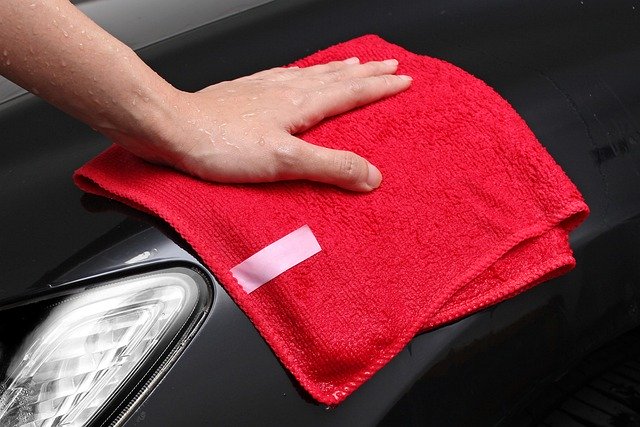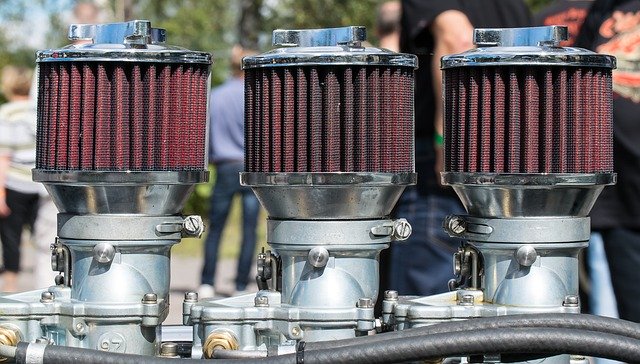Welcome to our blog post on the importance of cleaning your ceiling fans. While ceiling fans are often overlooked when it comes to regular cleaning routines, neglecting them can lead to a myriad of issues, affecting both your health and the longevity of your fan.
In this article, we will delve into the reasons why cleaning your ceiling fans should be a top priority, providing you with valuable insights and practical tips for maintaining a clean and healthy living environment.
Table of Contents
Enhancing Indoor Air Quality
A clean home is synonymous with fresh and healthy air. However, did you know that your ceiling fans can be a breeding ground for dust, allergens, and other pollutants? Here’s why cleaning your ceiling fans plays a crucial role in enhancing indoor air quality:
- Dust accumulation: Over time, dust settles on the blades and housing of your ceiling fan, forming a thick layer. When the fan is turned on, this accumulated dust is circulated throughout the room, contributing to poor air quality.
- Allergen dispersal: If you or your family members suffer from allergies or respiratory conditions, unclean ceiling fans can exacerbate the problem. The swirling motion of a dirty fan can spread allergens such as dust mites, pet dander, and pollen, triggering allergic reactions.
- Mould growth prevention: Ceiling fans located in humid areas, like bathrooms or kitchens, are prone to mould growth. Mould spores can travel through the air, causing respiratory issues and other health problems. Regular cleaning helps prevent mould formation and keeps the air in your home mould-free.
Prolonging the Lifespan of Your Ceiling Fan

Cleaning your ceiling fans not only contributes to a healthier living environment but also extends the lifespan of the fan. Here’s why regular maintenance is essential for the longevity of your ceiling fan:
- Dust buildup and motor strain: When dust accumulates on the fan blades, it increases the weight imbalance, causing strain on the motor. This extra strain can lead to motor burnout, resulting in the need for costly repairs or even replacement of the entire fan.
- Preventing blade warping: Excessive dust and dirt on the blades can cause them to become unbalanced, leading to wobbling or even warping. Warped blades not only affect the fan’s performance but also produce annoying rattling sounds, disrupting your peaceful environment.
- Efficient operation: Cleaning your ceiling fans ensures that it operates smoothly and efficiently. A fan clogged with dust requires more energy to rotate, leading to higher electricity bills. Regular cleaning helps maintain optimal performance, saving you money in the long run.
Step-by-Step Guide to Cleaning Your Ceiling Fan
Now that you understand the importance of cleaning your ceiling fans, let’s dive into a step-by-step guide to help you maintain a clean and efficient fan:
- Gather the necessary tools: Before you start cleaning, gather a sturdy ladder or step stool, a microfiber cloth, a vacuum cleaner with a brush attachment, and a cleaning solution (such as a mild detergent mixed with water).
- Turn off the fan: Ensure the fan is switched off and comes to a complete stop before attempting to clean it. This prevents any accidental injuries and avoids the risk of damaging the fan.
- Dust the fan blades: Use the microfiber cloth or the brush attachment on your vacuum cleaner to gently remove dust and debris from the fan blades. Start from the outer edges and work your way toward the centre. Avoid applying excessive pressure to prevent bending or damaging the blades.
- Wipe down the fan housing: Dampen the microfiber cloth with the cleaning solution and wipe down the housing of the fan, removing any grime or dirt. Be cautious not to let liquid seep into the motor or electrical components.
- Clean the fan accessories: If your fan has removable accessories, such as light fixtures or glass shades, take them down and clean them separately. Wash them with mild soap and water, ensuring they are completely dry before reattaching them to the fan.
- Check and tighten screws: While cleaning, inspect the fan for any loose screws or fittings. Tighten them if necessary to maintain stability and reduce noise during operation.
10 Top Reasons to Hire a Professional Cleaning Service
How Often Should You Clean Your Ceiling Fan?
Cleaning frequency depends on various factors, including the environment and usage of your ceiling fan. Here are some general guidelines to help you determine how often you should clean your fan:
- Regular cleaning: For ceiling fans in typical residential environments, cleaning every two to three months is usually sufficient. This frequency helps prevent excessive dust buildup and keeps your fan operating optimally.
- Seasonal cleaning: If you live in an area with distinct seasons, it is advisable to clean your ceiling fan at the beginning of each season. This removes any accumulated dust or allergens that may have settled during the previous season.
- High-usage areas: If your ceiling fan is located in a room with high foot traffic or experiences frequent use, such as a living room or kitchen, consider cleaning it more frequently to maintain a clean and healthy environment.
Additional Tips for Ceiling Fan Maintenance
Apart from regular cleaning, here are a few additional tips to keep your ceiling fan in excellent condition:
- Use a fan duster or an extendable ceiling fan cleaning tool for quick dusting between deep cleaning sessions.
- Lubricate the fan’s moving parts annually to ensure smooth operation. Consult the manufacturer’s instructions for the appropriate lubricant.
- If your fan has reversible blades, take advantage of this feature to improve comfort during both summer and winter months.
- Consider installing a fan cover or using a pillowcase to cover the fan when it’s not in use for an extended period. This prevents dust accumulation and keeps the fan cleaner for longer.
Conclusion
Cleaning your ceiling fans is an essential task that shouldn’t be overlooked. By maintaining a clean fan, you improve indoor air quality, reduce the risk of allergies and respiratory issues, and prolong the lifespan of your fan. Remember to follow the step-by-step guide for effective cleaning and consider the frequency of cleaning based on usage and environmental factors. By incorporating regular ceiling fan maintenance into your cleaning routine, you’ll enjoy a healthier, more comfortable living space for years to come.












